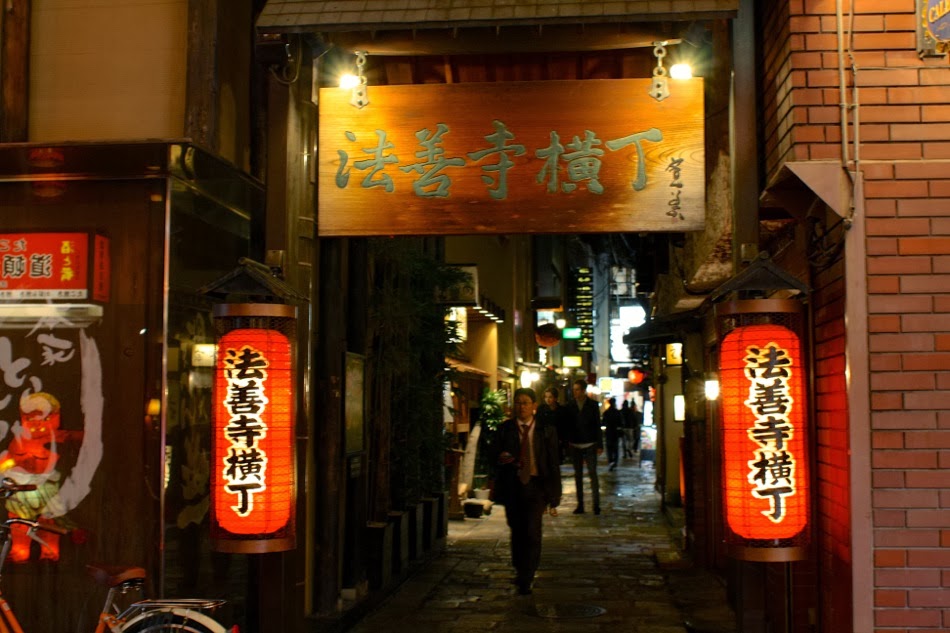
One of the most understated but wonderful things to do at Tsukiji Fish Market is not actually eating sushi. This world famous market is known for its tuna auction in the wee hours of the morning, busy and bustling wholesale fish market, and restaurants in the outer market area where people stand in line even before the sun comes up for some very affordably priced but excellent sushi for breakfast. Aside from what the market is known among curious visitors, Tsukiji Fish Market is an actual business establishment where serious and important fish business take place everyday. With the hundreds of workers at the market everyday, it's also a place for them and other locals to grab breakfast or lunch before and after work. These Japanese workers and other locals at the market don't survive on sushi everyday. Among the popular sushi restaurants that most non-Japanese visitors are only there for, there are also many other family-operated and generation-owned establishments in the same area that are worth experiencing for a true authentic atmosphere which thrive from mainly local patrons.


On a return trip to Tsukiji Fish Market for breakfast, we decide to forgo sushi this time (been there, done that!) and walk into a restaurant that only served hot food from the kitchen. We slide the glass door open into the expected tightly-spaced 8-10 seater establishment and found ourselves two seats at the counter. An elder couple- presumably husband and wife, are in the kitchen while a young man takes orders from and serves the customers. English is not spoken here and that's where the fun comes with pointing and T's basic and useful Japanese phrases he learnt. Some of the items are pictured on the wall as well.
When it comes to breakfast food, eating dishes with rice is not at all atypical in Japan. We notice that every patron there, man and woman, each has a large bowl of rice to his or herself. We opt for a small bowl of rice instead. We scarf down our bowl of rice with Hijiki seaweed, mentaiko (cod roe), stew of pig stomach with jellyfish, and another stew of thinly sliced beef with a whole block of tofu. The pig stomach is absolutely tender and not chewy and the jellyfish is soft. The breakfast is pure homely and comfort food. It is not fancy and does not have to be. We finish up with a bowl of asari miso soup that are made with the tiniest and cutest clams. Other items available include fish braised with shoyu and fried whole fish. We already have plans to be back.






































